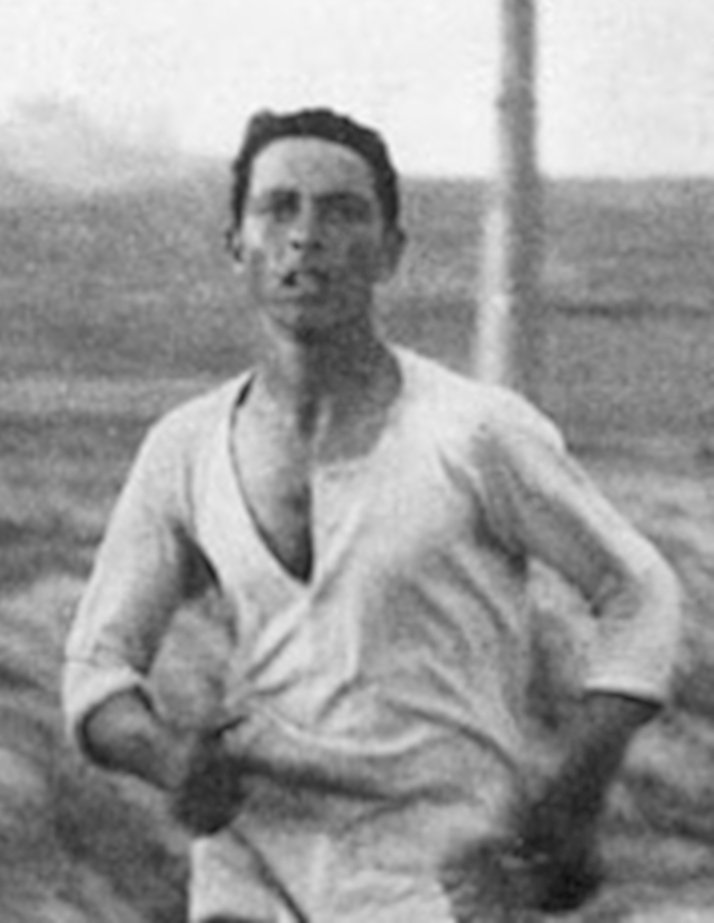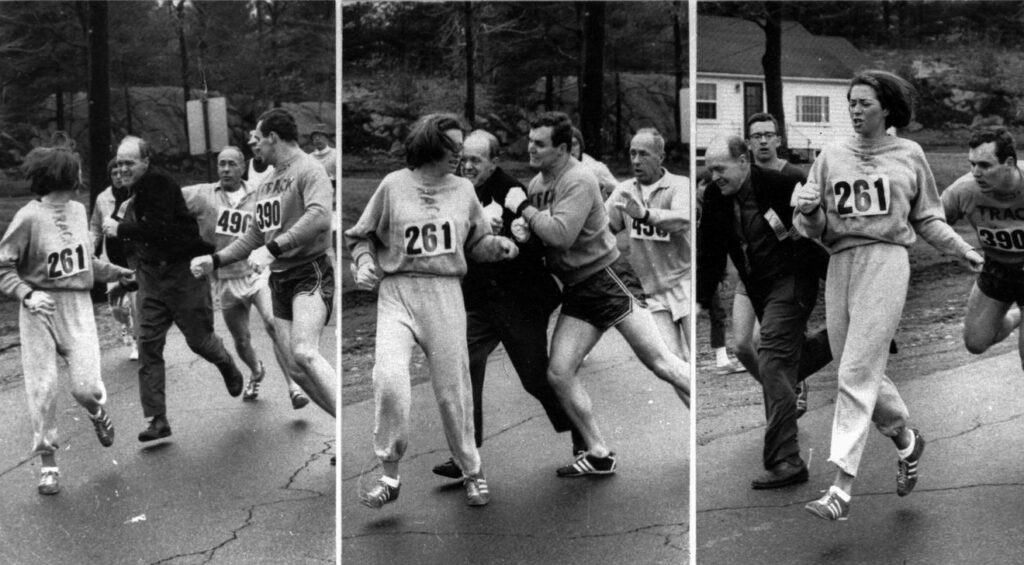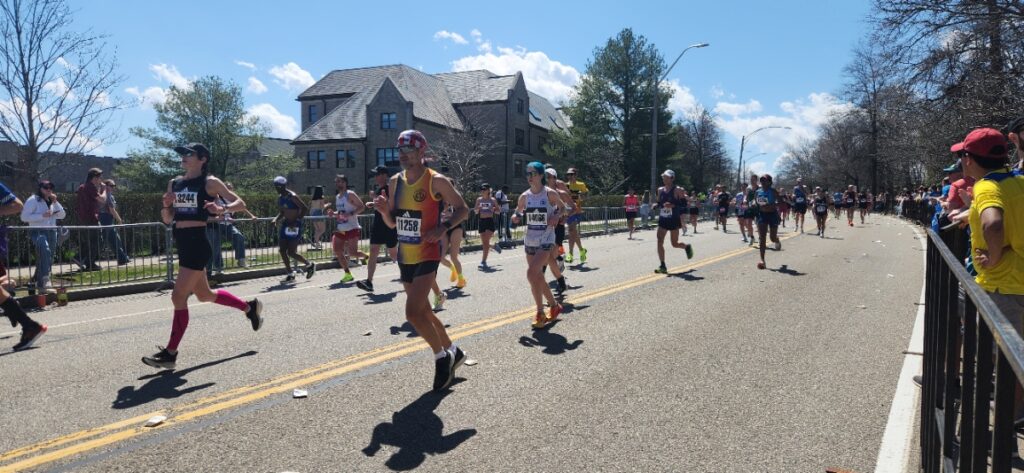Last Monday was the 128th running of the Boston Marathon, the oldest continually run marathon in the world. The first Boston Marathon came in 1897, a year after the re-emergence of the Olympic Games in 1896 held in Athens, Greece. Of all of the Olympic events, none was more historic than the Marathon won by none other than Charilaos Vasilakos in 3 hours and 18 minutes in the Panhellenic Games (he placed 2nd in the actual Olympics the following summer, but this was the first marathon)

But, he wasn’t the first one to run the actual marathon. That would go to Eucles (or possibly Pheidippides, accounts vary) in September, 490 BC. The Persians had landed roughly 20,000 lightly armored mercenaries reinforced by maybe a 1,000 calvary. The Greeks had about 10,000 hoplites from Athens on the right and about 1,000 Plataeans on the left upon a hill overlooking the beaches of Marathon (this is important later). The Greeks held the high ground but dared not leave it less being attacked by a larger force and cavalry. The Greeks used a rotating leadership and had a new General each day on a ten-day rotation. After about a week of eyeing each other, the Greek General of the day, Miltiades, ordered an all-out attack. Miltiades noticed that the Persian cavalry was away at a local swamp getting the horses watered and took a chance with their absence.
Now, it should be interesting to note that the Greek Hoplite was set up to form a shield wall, whereby the wide Greek shield or Aspis was so big it overlapped with the soldier next to them. This would cause the regiment to clump, the tighter together, the safer from ranged attacks. Soldiers would lean towards their leaders who would likely be their best soldiers on one side of the phalanx. This caused the Athenians to lean to the right and the Plateans to lean to their left and that opened an unintentional gap in the middle during their charge. The lightly armored though far more numerous Persians saw this depleted middle as a weakness and charged right through it only to find themselves flanked on the left and right by heavily armored Greeks. The longer right flank of the Athenians swung around and trapped the Persians on three sides with a steep hill forward as the only way out. It was a massacre, the Persians lost 6,400 soldiers and seven ships while the Greeks lost 192 Athenians and 11 Plateans.
At the end of the battle, the remaining fleeing Persians ran to their ships and headed towards and undefended city of Athens. A young Eucles tired from several hours of battle and wearing almost 40 lbs. of armor sprinted after them. Dropping his aspis, sword, spear, and bronze armor, and running nearly naked he arrived in Athens long before Persian fleet would and uttered his last words “Joy, we win”. The Athenians sealed up the city before the Persians arrived and prepared it for a fight. (otherwise, the Persians could have stormed an undefended city) Shortly thereafter, the remaining 10,800 Greeks arrived and set up a formation on shore opposite the Persians. The Persians decided they wanted no part of this mess and headed home to an irate King Darius I.
“He cometh from the purple hills, Where the fight has been today; He bears the standard on his hand,—Shout round the victor’s way. The sunset of a battle won is round his steps from Marathon.” – Letitia Landon
Aside from Eucles and Charilaos, the other marathoner I am drawing strength from is American Kathrine Virginia Switzer. At a mere twenty years old, she blew the top off gender barrier securing a victory for women all around the world in a single act of bravery. Until 1967, the Boston Marathon was an exclusively male sporting event. Kathrine, undeterred, registered as K.V. Switzer, so as not to give up her gender, a question that wasn’t asked on the entrance form. She then had a friend pick up her bib number before the race. Donning a heavy hooded sweatshirt, she lined up with the other competitors. A few miles into the race, she had to take it off and it became evident that a woman was running in the competition. Jock Semple, the race co-director, attempted to stop her by grabbing at her numbered bib, 261, but was flatted by her boyfriend, Tom Miller. Semple complained in a later interview that Tom was a hammer thrower and what chance did he have. Mr. Semple didn’t get the sympathy he felt he deserved from that interview.

Considering the Marathoners here in Boston today and these inspirational marathoners of the past, I can’t help but think of the marathons in my future. If a relatively slow marathon takes me 4 hours of rowing, I am going to have three of them each day, and maybe a 150 in the fifty days before this adventure comes to a close. I am not going to lie, it’s intimidating to think about. I am not going to have the glory of the first Olympics, a city to save, or a gender barrier to smash through, but what I will have is thousands of you following along and believing in me and our team…and that should be enough for just one more stroke.








1 thought on “Rowing a Marathon”
Some of the finest writing I’ve read in a while. We don’t know what we’re capable of, but it’s more than we know and as much as we believe. Have a great row ( rows).